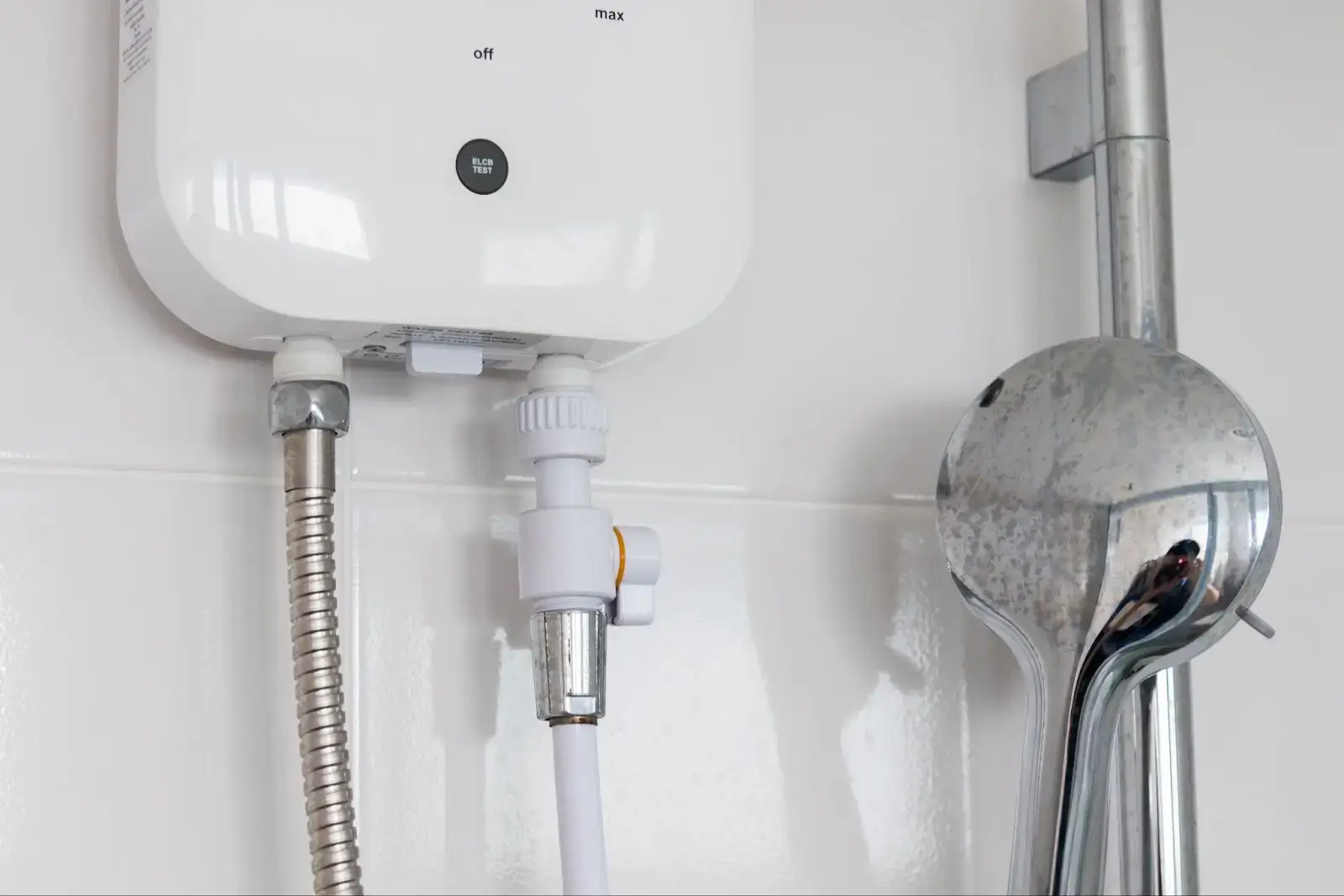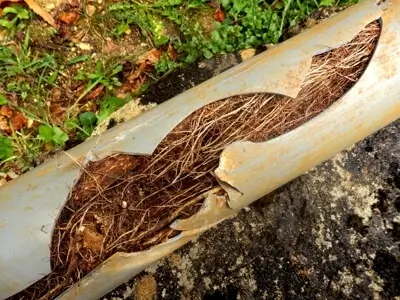There’s a tight balance between overpaying for repairs to hang on to an older furnace and making the leap to invest in a newer furnace. Once your furnace is more than 15 years old, it’s time to start considering these questions.
What’s The General Rule Of Thumb on Replacing or Repairing?
The right time to replace, according to a study from the National Association of Homebuilders and Bank of America is once a furnace has reached beyond three-quarters of its life expectancy and the repairs would cost more than one-third of the cost of a new furnace.
Are There Other Ways To Go About Repairing?
You may be able to put off repair longer or replace with a smaller, more inexpensive furnace if you’re willing to do some smaller fixes around the home. One of the biggest helpers to getting heat efficiently throughout the home is to have your ductwork inspected and repaired. Adding insulation and sealing ducts can help keep up to one-third more of the heat from your furnace in the home.
How Do You Calculate The Cost Difference Between These Repairing And Replacing With So Many Different Furnaces On The Market?
The first step to comparing is to look at the AFUE rating on your furnace. AFUE stands for Annual Fuel Utilization Efficiency, meaning the percentage of useful heating for your home. Most standard furnaces on the market right now have an AFUE rating of about 80%, meaning that amount actually heats your home, while the other 20% escapes as exhaust through your chimney.
Buying a furnace with a higher AFUE rating means using less energy to heat the home. To calculate your savings, here’s an example. First, find the AFUE rating of your current furnace and total how much you spend on heating for the year. Let’s say your furnace has an AFUE rating of 70% and you spend $2,000 each year on heating. If you bought a newer furnace with a 90% rating, you’d save twenty percent on your annual heating bill. Subtracting the difference in percentages and multiplying it by your yearly heating cost will show you the amount you would save. Here, the 20% difference means a savings of $200 a year.
Your next move is to decide if that furnace is worth it, a lower rated furnace will cost less upfront but mean higher monthly utility bills but a high-efficiency furnace may last you longer than the average 15 years and hold out to 18 or even 20. There’s not an easy answer here, but if you plan on being in your home for more than five years, you would have a $1,000 savings with the example above, enough to recoup the extra $500-600 dollars cost of a 90% AFUE rated furnace and then continue to save more on your investment each year after that.
The highest AFUE efficiency rating is about 98.5% efficiency. These furnaces really deliver with almost no wasted heat, but they could add anywhere from $1,000 to $2,000 to get that level of quality.
What Is The Best Way To Proceed If I Don’t Want To Replace My Furnace Yet?
If you want to stick with your current furnace for a few more years, make sure you take the appropriate steps to maintain it with an annual maintenance appointment. Being lazy about maintenance leads to costly emergency repairs or full-scale breakdowns that are a hassle and cause you to have to make a quick decision on buying a new furnace when having time to shop and compare will result in a better long-term choice.
We hope these questions are helpful to you in your decision-making process. Let us help you decide by making an appointment today for furnace maintenance service in Portland, OR at (503) 500-5866.







